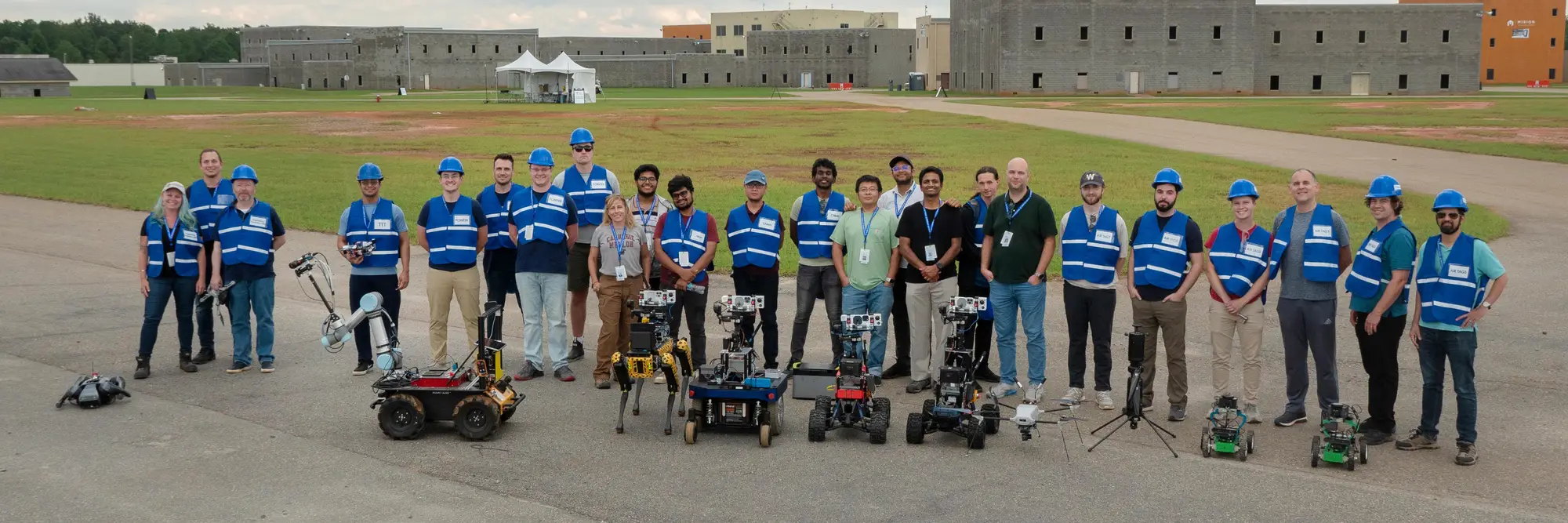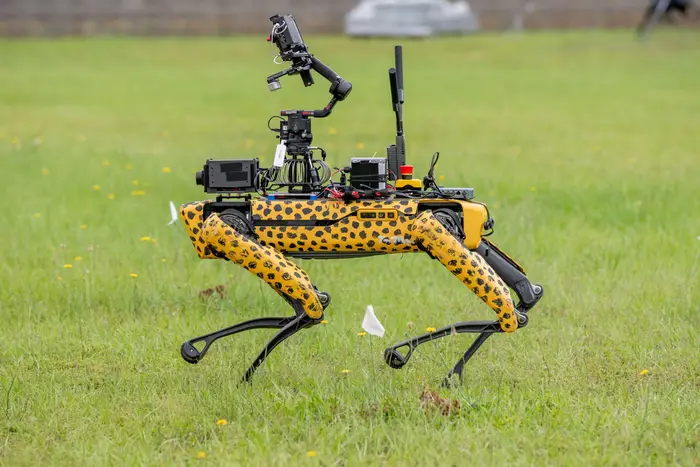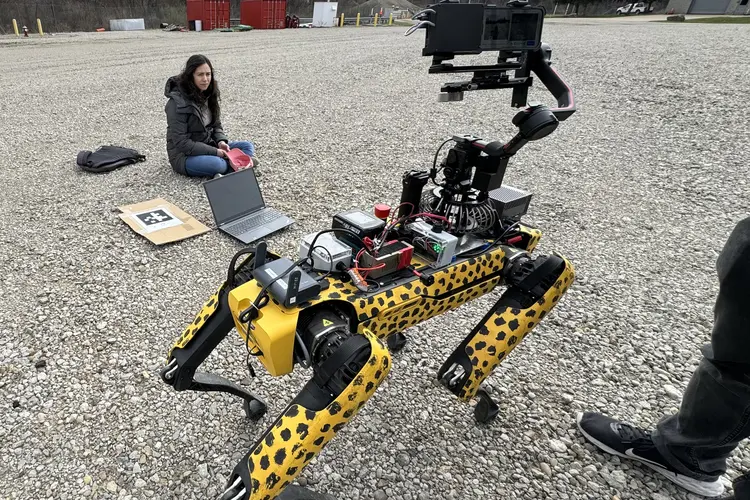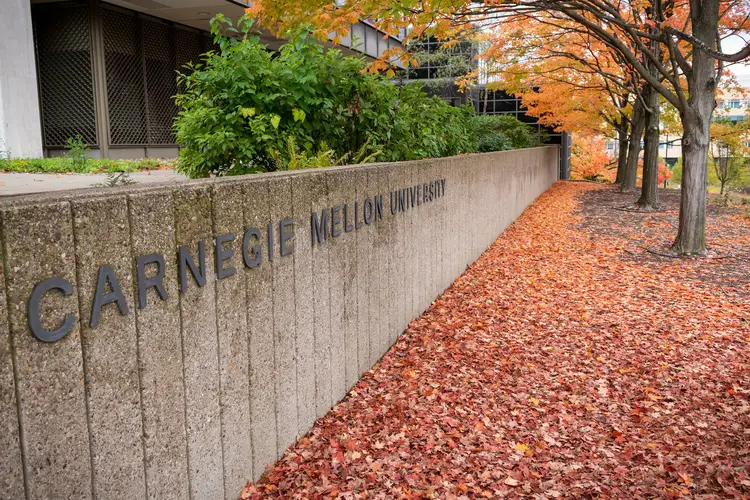
CMU, Pitt Researchers Move Forward in 3-Year, $7M DARPA Triage Challenge
Media Inquiries
Team Chiron(opens in new window), a collaboration between researchers from Carnegie Mellon University and the University of Pittsburgh, will compete in the second round of the Defense Advanced Research Projects Agency's (DARPA) Triage Challenge(opens in new window).
The team successfully completed the first challenge in October, using ground and aerial robots to navigate a staged disaster and triage patients. In the competition, robots were sent into three staged mass casualty events: an open battlefield, a convoy and a downed airplane. The robots then assessed the vital signs of actors and mannequins with fake injuries. The robots could not touch the people and needed to evaluate their health from afar.
Kimberly Elenberg(opens in new window), a principal project scientist in the School of Computer Science's Robotics Institute(opens in new window) and Team Chiron's principal investigator, said the team is proud of how far they've come and excited to evolve the system's autonomy beyond triage to autonomous mapping and planning. Team Chiron was the only group in the competition that used both flying and walking robots.
"In phase two, we'll be focusing even more on advancing the autonomy of our system," Elenberg said. "This will involve pushing the envelope on how well our system can operate independently in complex, dynamic environments."
DARPA's three-year, $7 million Triage Challenge consists of three rounds of competition in three categories: systems, virtual or data. Team Chiron is competing in the systems category. The first-place team in the final round of competition in the systems category will win $1.5 million. Millions more in prize money and funding will be awarded to teams during the three-year challenge.
In phase one, the teams controlled the robots from ground stations. But for phase two, teams must design an autonomous system to control the triaging robots. Team Chiron will benefit from CMU's experience with the DARPA Subterranean Challenge(opens in new window), where CMU made autonomous robots that mapped and searched underground environments such as mines, cave networks and urban infrastructure.
"Our focus remains clear: saving lives," Elenberg said. "Our technology has the potential to transform how emergency response is conducted in some of the most dangerous and inaccessible environments. The work we're doing now isn't just about innovation, it's about creating a future where more lives can be saved through faster, smarter and safer medical interventions."
Along with Elenberg, Robotics Institute members of Team Chiron include John Galeotti(opens in new window), a senior systems scientist; Sebastian Scherer(opens in new window), an associate research professor; Artur Dubrawski(opens in new window), the Alumni Research Professor of Computer Science; Laszlo Jeni(opens in new window), an assistant research professor; and Srinivasa Narasimhan(opens in new window), the U.A. and Helen Whitaker Professor of Robotics. The team also includes Dr. Leonard Weiss(opens in new window), an associate professor in the Emergency Medicine Department at the Pitt School of Medicine.



